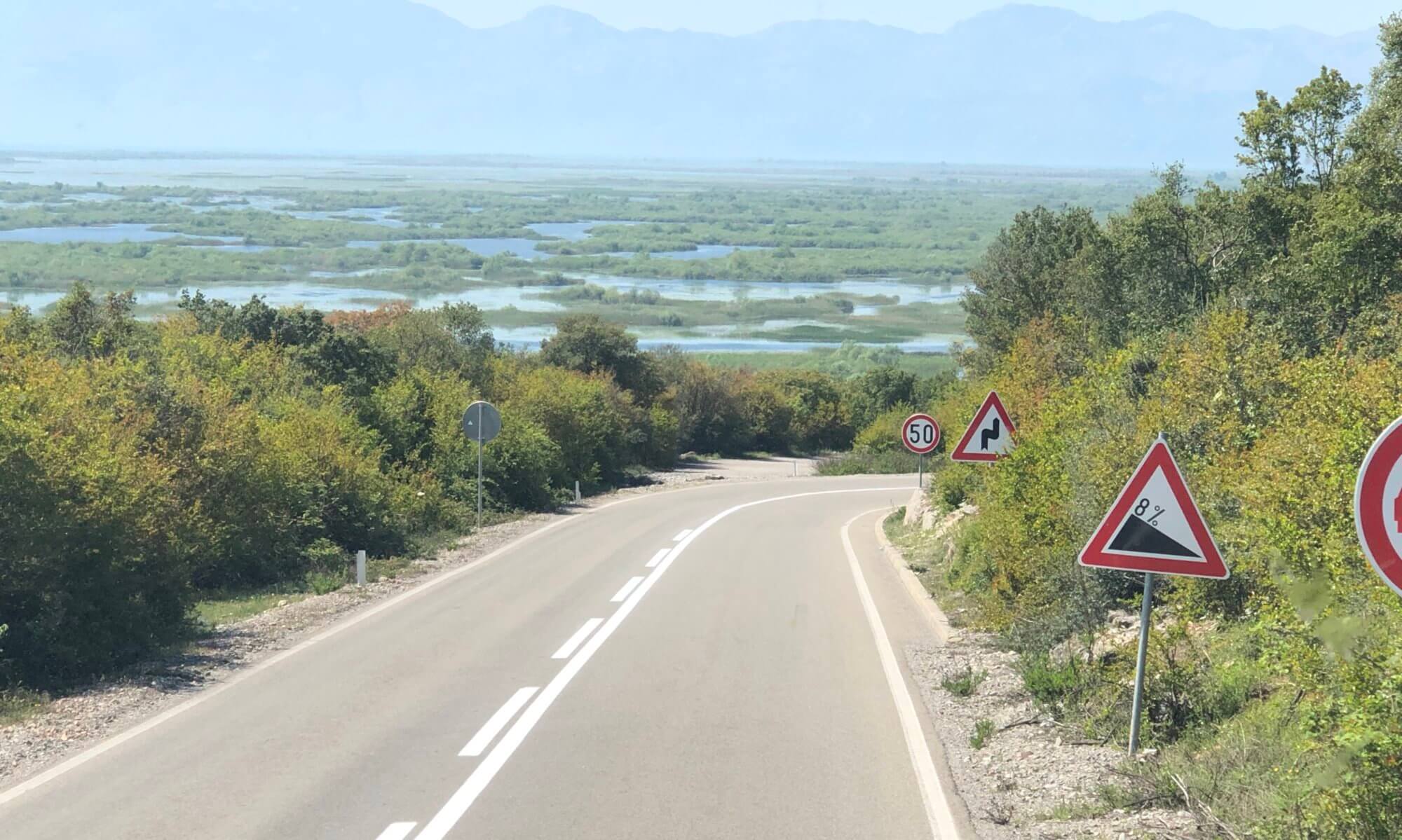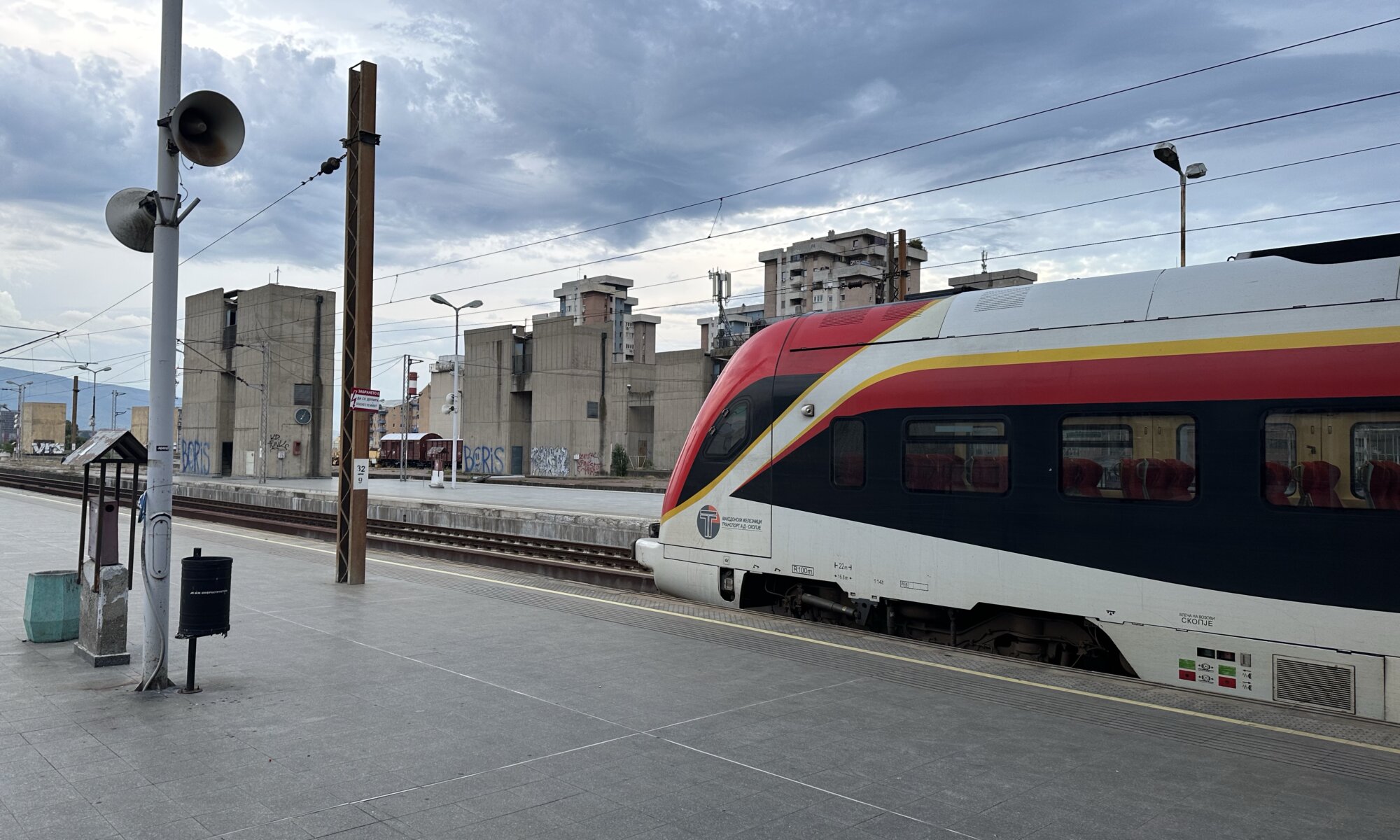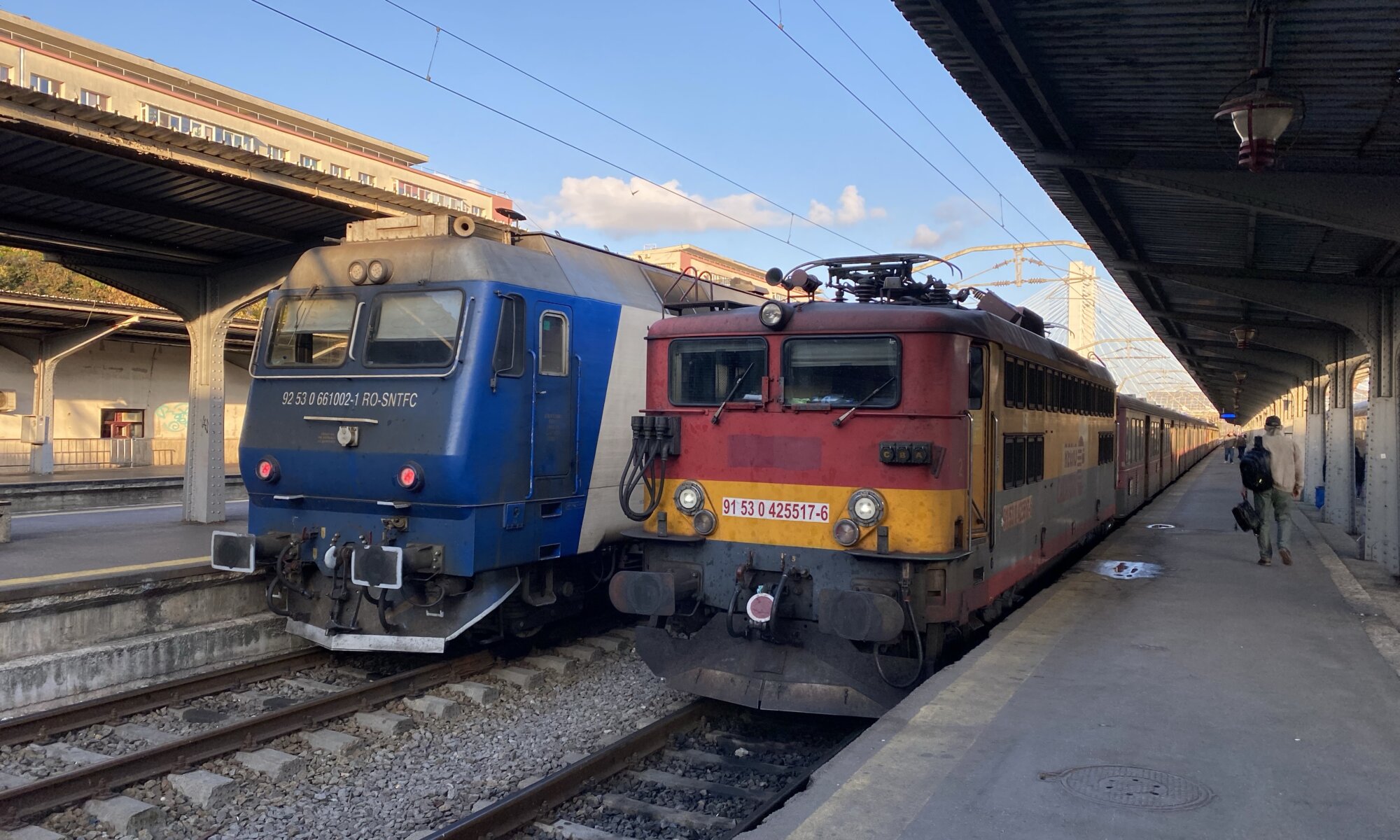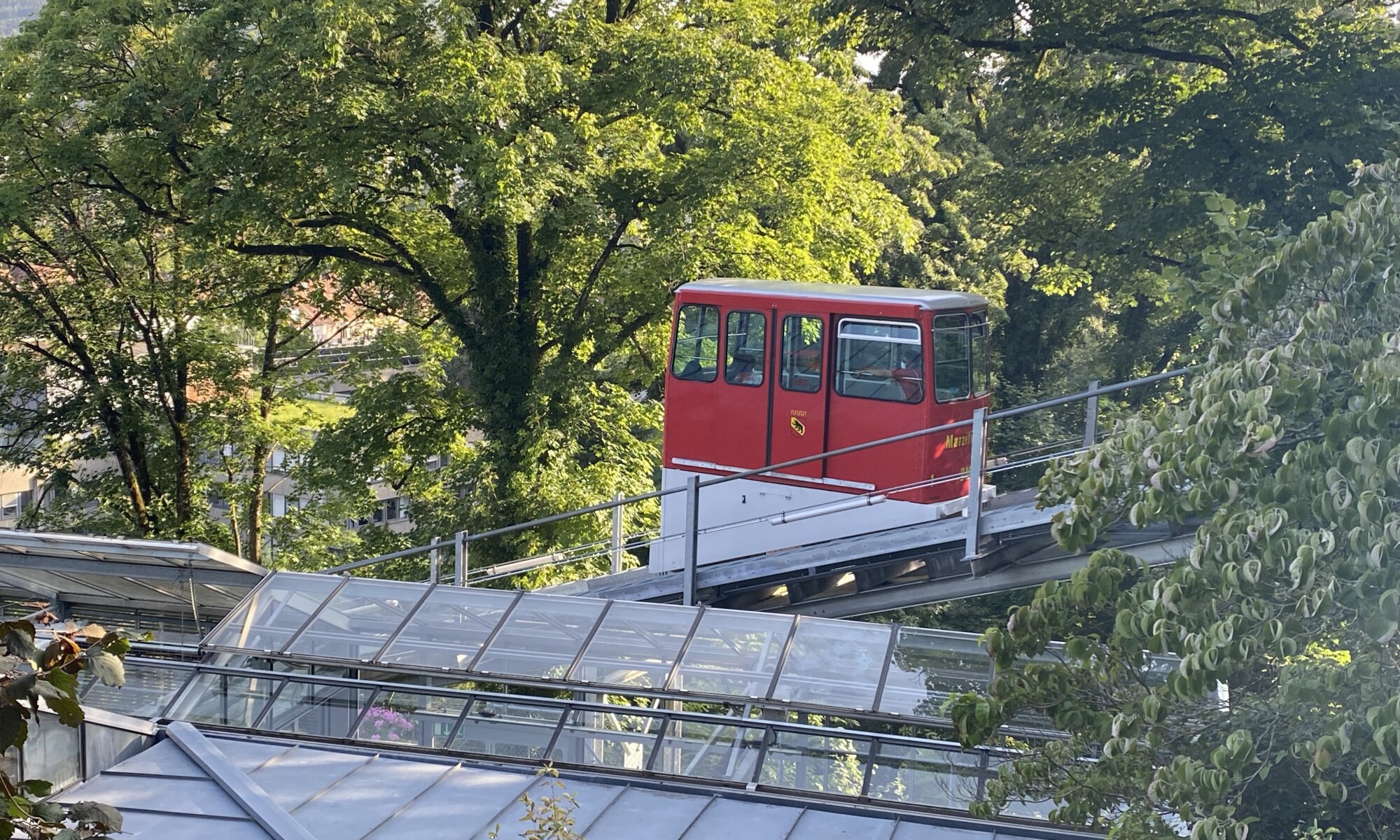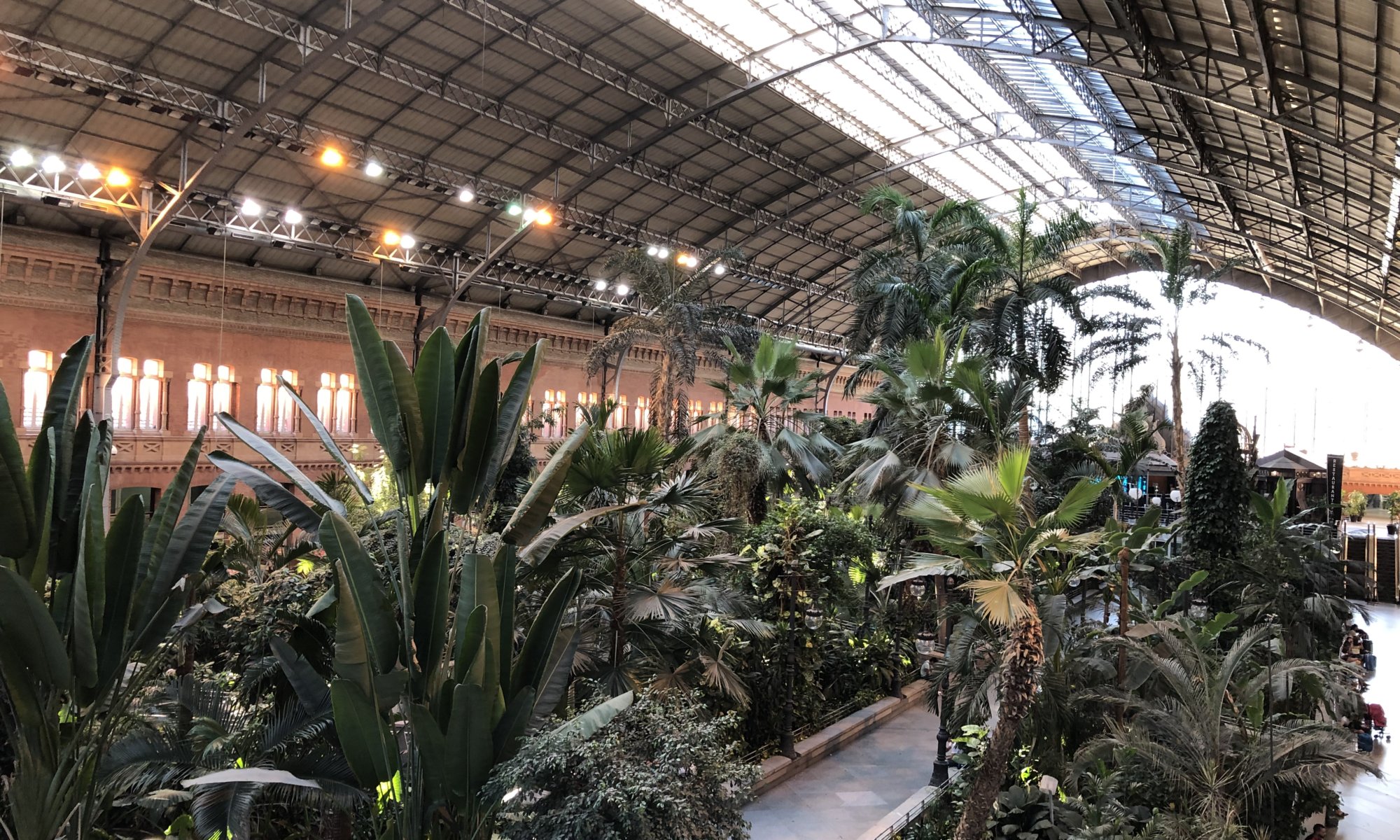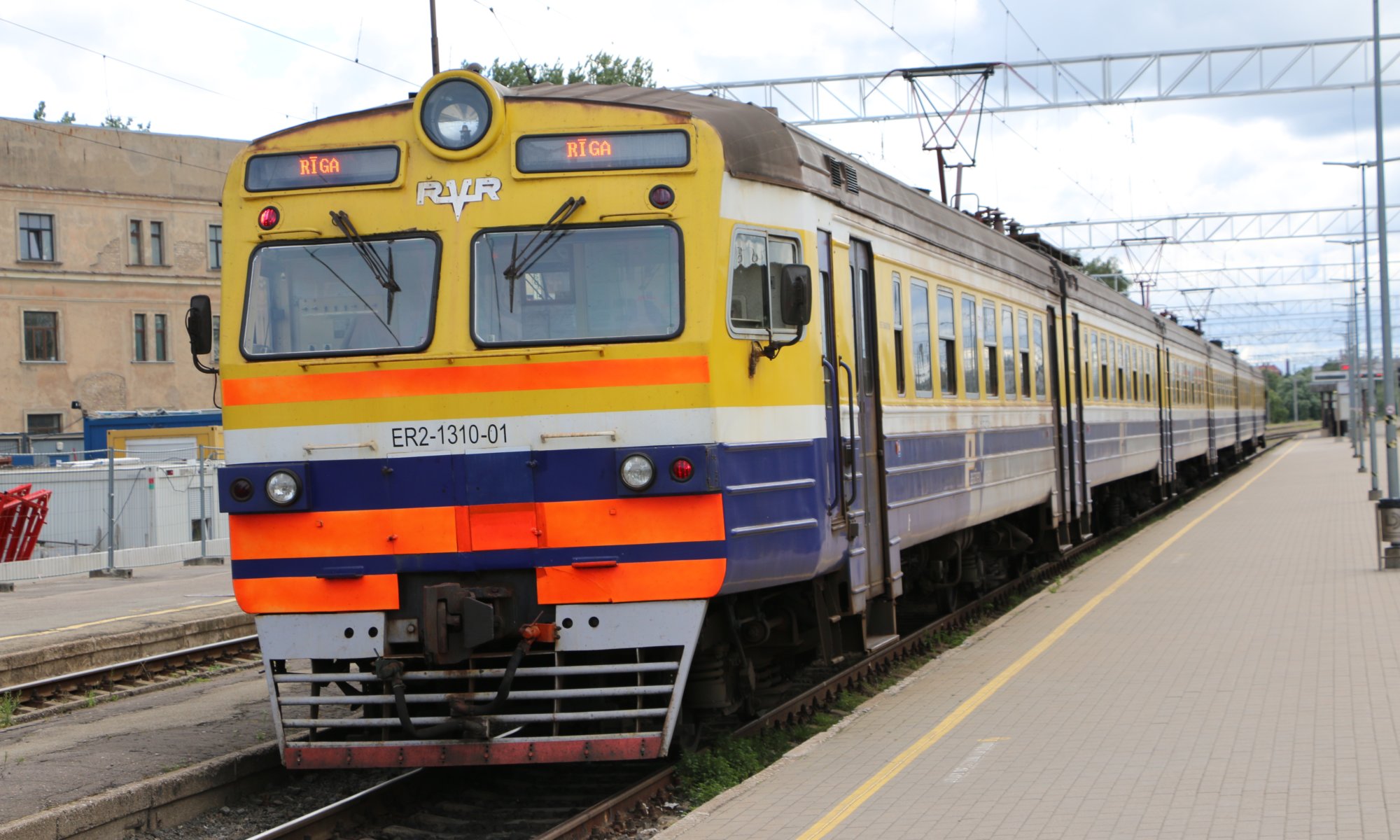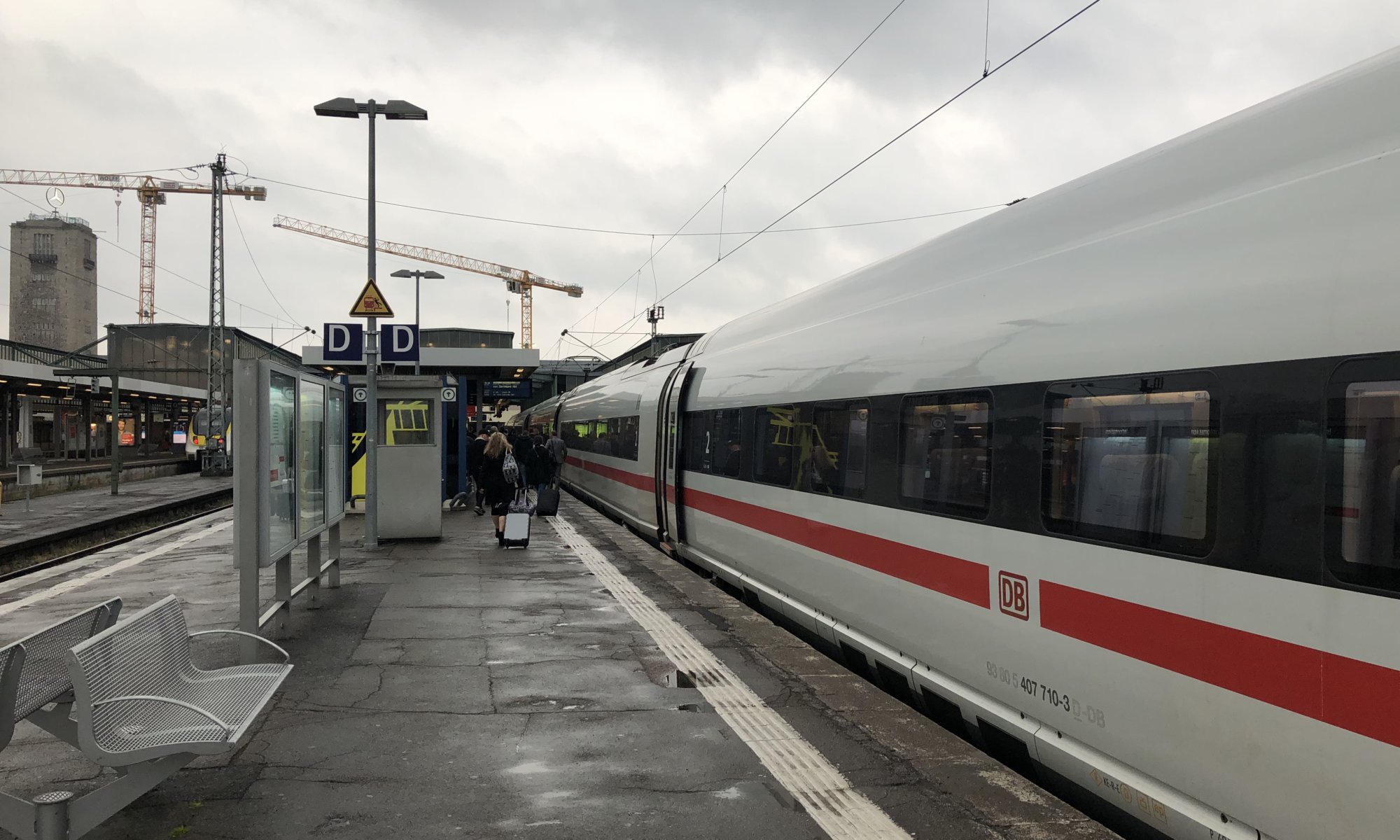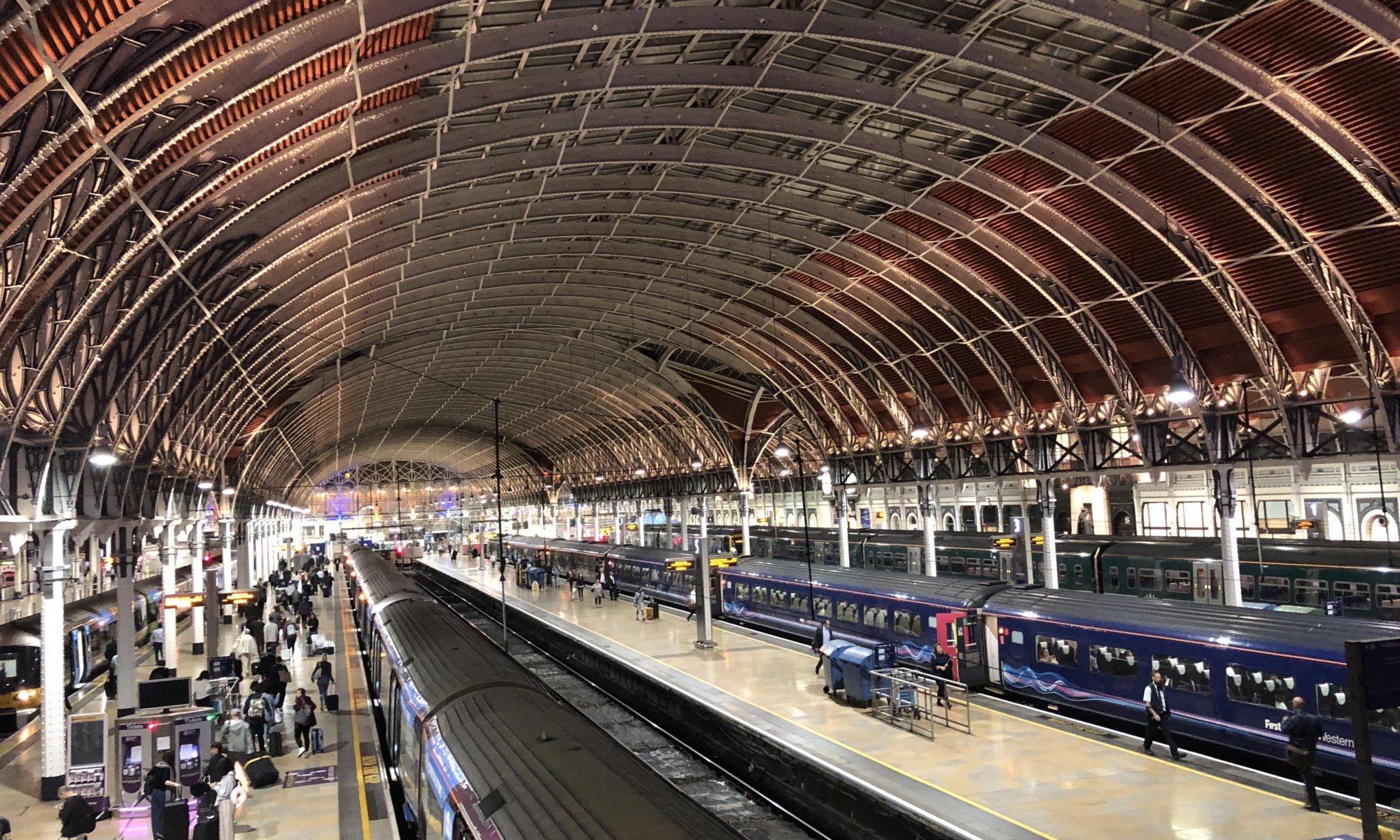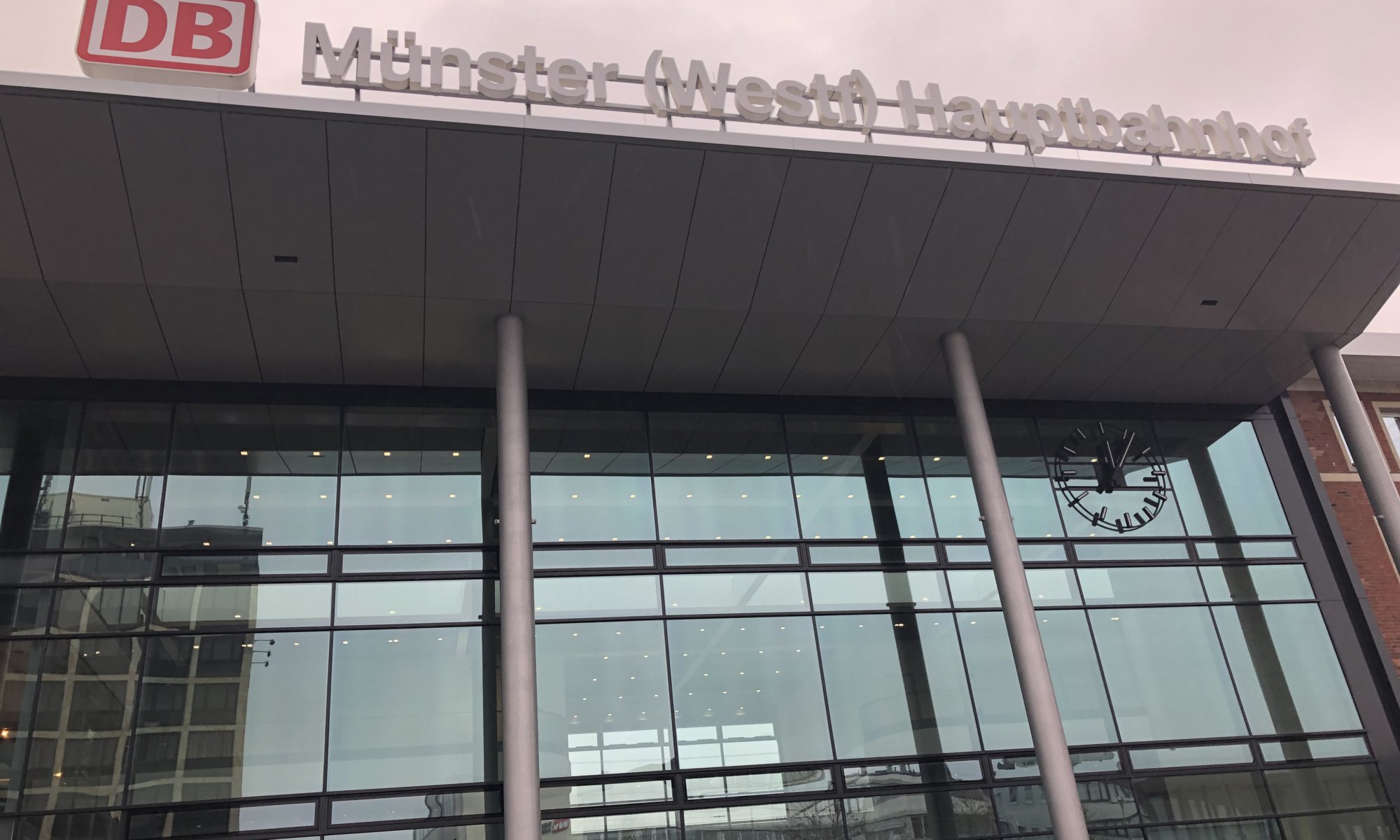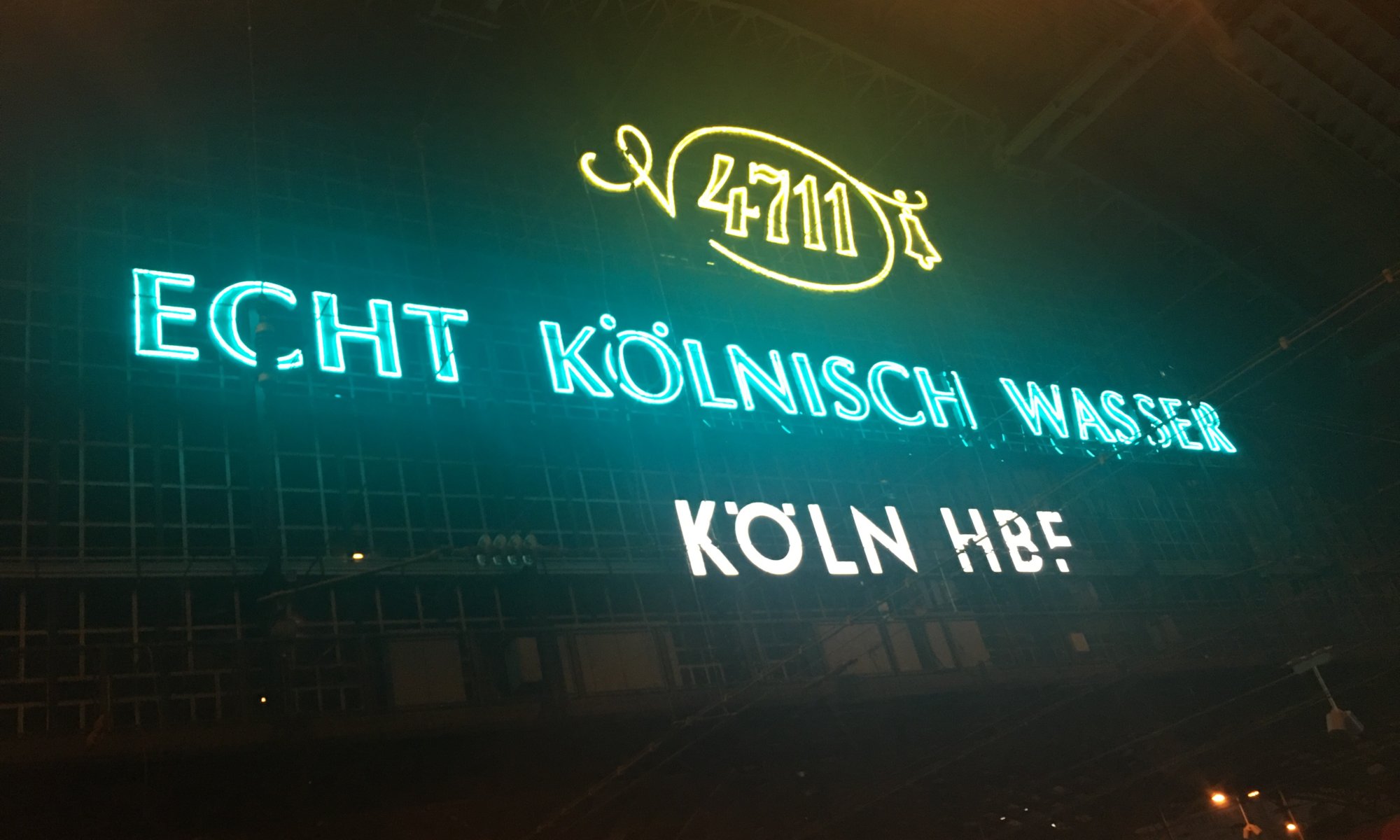Euston Underground Station in London is a fascinating place for anyone interested in the city’s transport history. Located beneath the mainline Euston railway station, it has served as a key interchange for generations of travellers. The original Euston station opened in 1837 as the capital’s first mainline railway terminus, connecting London with Birmingham. Over time, the underground station evolved to accommodate the growing network, and today it is a major hub for the Northern and Victoria lines, serving millions of passengers each year.
Continue reading “Euston underground”Modern trains, ancient stations
At Скопје you can currently discover two railway stations: the historic one from 1940 that is nowadays the city museum and the current one in Brutalist style. From the outside it looks like a number of pipes stored next to each other, but the Soviet-style inside is very well worth a visit; it is like travelling in time. When in 1963 an earthquake destroyed most of the former railway station, Japanese architect Kenzō Tange was engaged to built a new earthquake-safe one.
Continue reading “Modern trains, ancient stations”Gara de Nord
The most important transportation hub of București is located in the north of the city: the Gara de Nord. From its 13 tracks trains are going to all parts of the country and if you plan a trip to the Black Sea or to Transylvania this is your starting point. And even if you don’t want to travel by train it is worth to get here and watch the colorful trains coming and going, to observe people getting on and off. Standing at the tracks is like travelling back in time; some decades earlier German railway station looked the same.
Continue reading “Gara de Nord”Marzilibahn
One might wonder whether there is a need for this funicular: it is only 105 meters long and the difference in height is 32 meters making it the second-shortest funicular in Europe after the Uspinjača at Zagreb. It connects the upper city center (close to the parliament, the Bundeshaus) with the city quarter Marzili.
Continue reading “Marzilibahn”Atocha
It is worth to visit the railway station Madrid Puerta de Atocha without wanting to use a train. The dead-end station has a new and an old main hall; the older one is from 1888 and was built in art nouveau style. Under the fantastic roof made of cast iron and glass there is now a large palm garden you can walk through and sit down in. Waiting for a train has never been that nice! When you relax under the trees you might forget that you are currently at the most important inner-city hub.
Continue reading “Atocha”Watching trains
The main railway station of Rīga, Latvia (Rīga Pasažieru) is located close to the city center, well-connected with busses and a quite modern one with good shops in the basement. It was once a dead-end station with a beautiful station building that was torn down in 1965 and replaced with the current modern one.
Continue reading “Watching trains”Building site
The main railway station of Stuttgart, Germany is a dead-end station with many travellers: 300 000 per day, 1 280 trains stop here daily. It is one of the five most frequented railway stations in Germany and was opened in 1928 – the former station was 500 meters away but became too small. Since several years the Hauptbahnhof is a building site as within the project ‘Stuttgart21‘ it will be rebuilt as an underground station and it will be no dead-end station after that anymore.
Continue reading “Building site”Paddington station
It is one of the most-frequented entry points to the city of London, United Kingdom: Paddington station. It dates back to the year 1838 and the dead-end station is the starting point for trains going to Bristol and the Southwest. It is used by 35 000 travellers daily and here the Heathrow Express to the airport London-Heathrow (LHR) starts – it is the most convenient way to reach the most important airport of the city.
Continue reading “Paddington station”Münster Hauptbahnhof
The main railway station of Münster in Westfalen, Germany is located next to the old city center and is therefore a good starting point for a visit to the city. Regional trains but also ICE and IC trains stop there and the local transport is realized by busses stopping in front of the station. It consists of eight tracks, was built in 1848 and 66.000 passengers use it every day.
Continue reading “Münster Hauptbahnhof”Vivid hub
The main railway station of Köln, Germany is visited by 280.000 travelers every day and is therefore #5 of all German railway stations. It is special because it is located directly next to the cathedral and you‘ll already have stunning views when leaving the building. It has been opened in 1859 on the grounds of the former botanical garden. Continue reading “Vivid hub”
